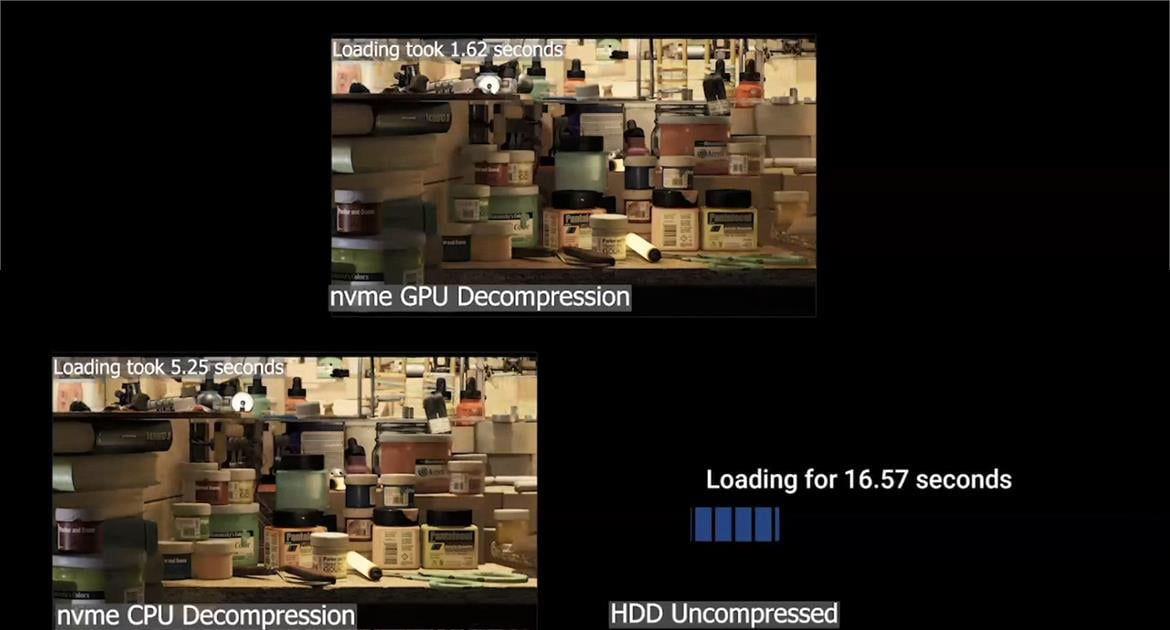Only for devices on the same CPU root port.
SSD and GPU are typicaly connected to the CPU on two different root ports, so the driver won't enable peer-to-peer for them
But that's directly contradicted by the AMD GPU engineers statement in the link I posted earlier. I.e.
"Many Root Complexes, including AMD ZEN, *do* support peer-to-peer DMA even between Root Ports. Add a whitelist and allow peer-to-peer DMA if both participants are attached to a Root Complex known to support it".



